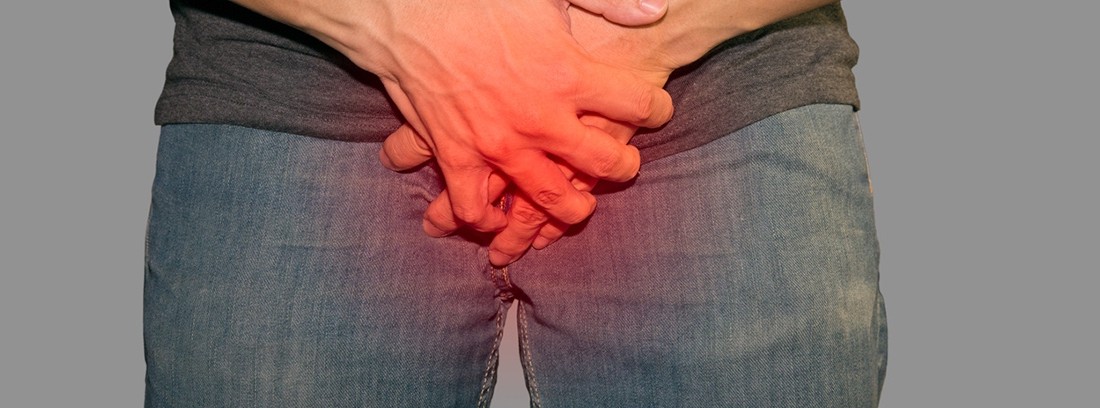Balanitis: Overview of Symptoms, Causes, and Treatments

How does a balanitis occur?
There are several factors that can predispose to suffering a glans infection () or also inflammation and irritation of the foreskin (balanoposthitis), such as urine or sperm residue, the friction from clothing or sexual intercourse, uncircumcised penises and a insufficient hygiene.
The humidity is a factor that favors the growth of bacteria and some fungi such as, which tend to cause balanitis more frequently than bacteria. Other risk factors are diabetes mellitus, Reiter's syndrome, or lichen scleroatrophicus.
The main bacteria causing balanitis are streptococci, followed less frequently by S. aureus, Klebsiella spp, Gardnerella vaginalis, and some anaerobes.
Symptoms of balanitis
The main symptoms of balanitis are the irritation and inflammation of the glans, which appears red and erythematous. There may also be inflammation and irritation of the foreskin, called balanoposthitis.
Sometimes it does not affect the entire glans but produces a red, wet and painful lesion. The edges are often poorly defined and maceration and suppuration frequently occur. In advanced or anaerobic cases there may be ulceration.
Diagnosis
The diagnosis is based on the exploration of the patient, visualizing the lesion in the glans, foreskin or balanopreputial groove. If exudate is present, a sample should be taken to perform a crop. A recurrent balanitis without a history of risky sexual contact may indicate that its origin is irritating.
Treatment
The balanitis treatment is based on the use of antibiotic creams, associated or not with corticosteroids. In either case, topical corticosteroids should be used for a limited period of time. Only in advanced cases it will be necessary to use oral antibiotics.
It is important to bear in mind that for the treatment of balanitis a correct hygiene of the affected area and avoid humidity.
Precautionary measures
The best preventive measure against balanitis is to maintain proper hygiene in the area and take measures to caution during sexual intercourse. In cases of recurrent balanitis, the postectomy as a preventive treatment.
About balanitis xerotic obliterans
It is a chronic inflammatory disease that affects the glans, foreskin and the end of the urethra (urethral meatus) of unknown cause. It is usually associated with diabetic patients and may require corrective surgery because it frequently produces strictures in the urethral meatus causing difficulty in urinating, as well as.
In mild cases, they can improve with topical corticosteroid creams. It requires strict controls because cases of malignant degeneration have been described. The diagnosis is after the pathological study by removing part of the injured tissue.
- There are several factors that can predispose to an infection of the glans: irritation from urine or sperm residue, the friction from clothing or sexual intercourse, penises not circumcised and insufficient hygiene.
- Main symptom of balanitis are the irritation and inflammation glans, which appears red and erythematous.
- The best preventive measure against balanitis is to maintain a correct hygiene of the area and take measures caution during sexual intercourse.
General Medicine Specialist.
(Updated at Apr 13 / 2024)